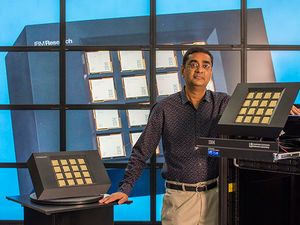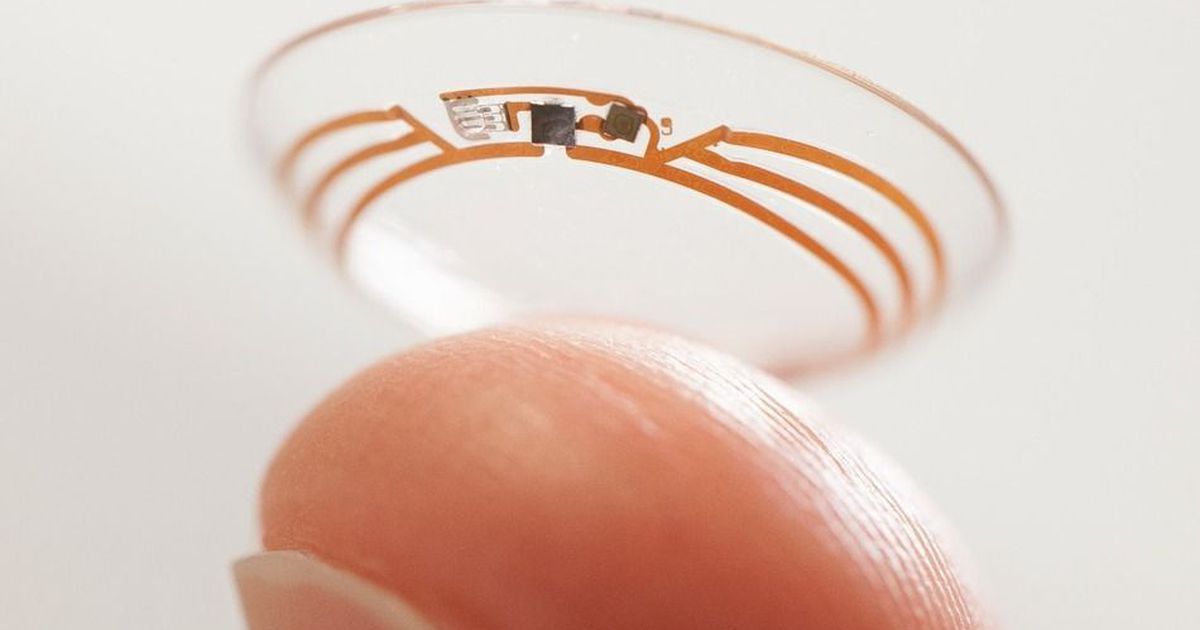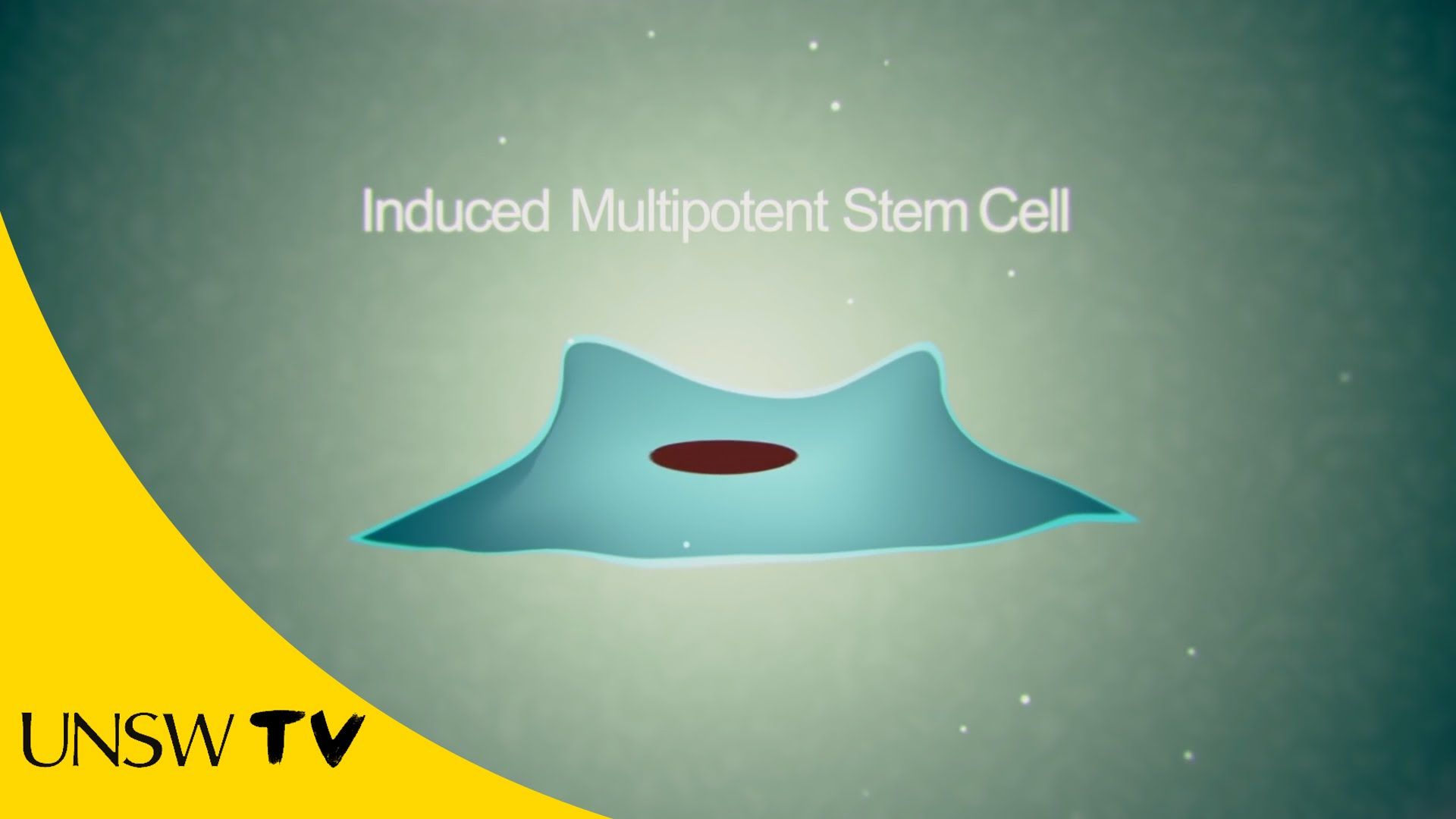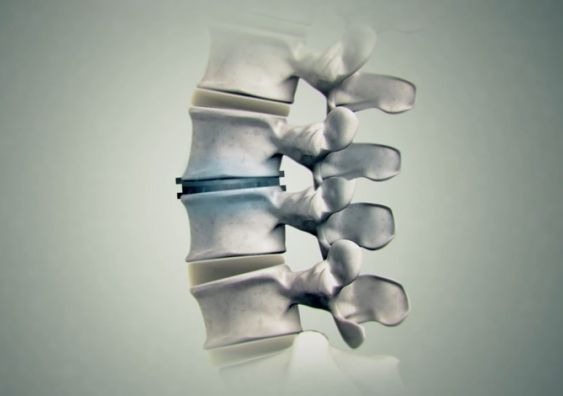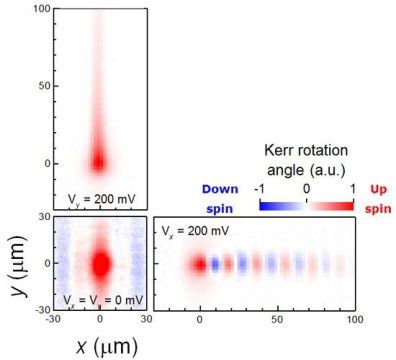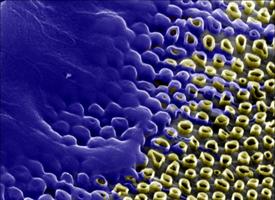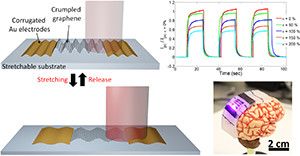Apr 7, 2016
Taco Bell wants you to order food from a chat bot
Posted by Shailesh Prasad in categories: food, robotics/AI
We’ve seen some clever ways to order food online in our day, but this one is decidedly off the wall. Taco Bell is testing TacoBot, a chat AI that helps you order (what else?) tacos in a Slack conversation. Think of it as a tasty text adventure — you can ask questions about the menu, customize your order and check your cart. It’s only in a private beta with a few companies at the moment, but you can sign up for a waiting list to have your Slack team give TacoBot a try. Just think — you could have tacos sent your way while you’re stuck in a planning session.


